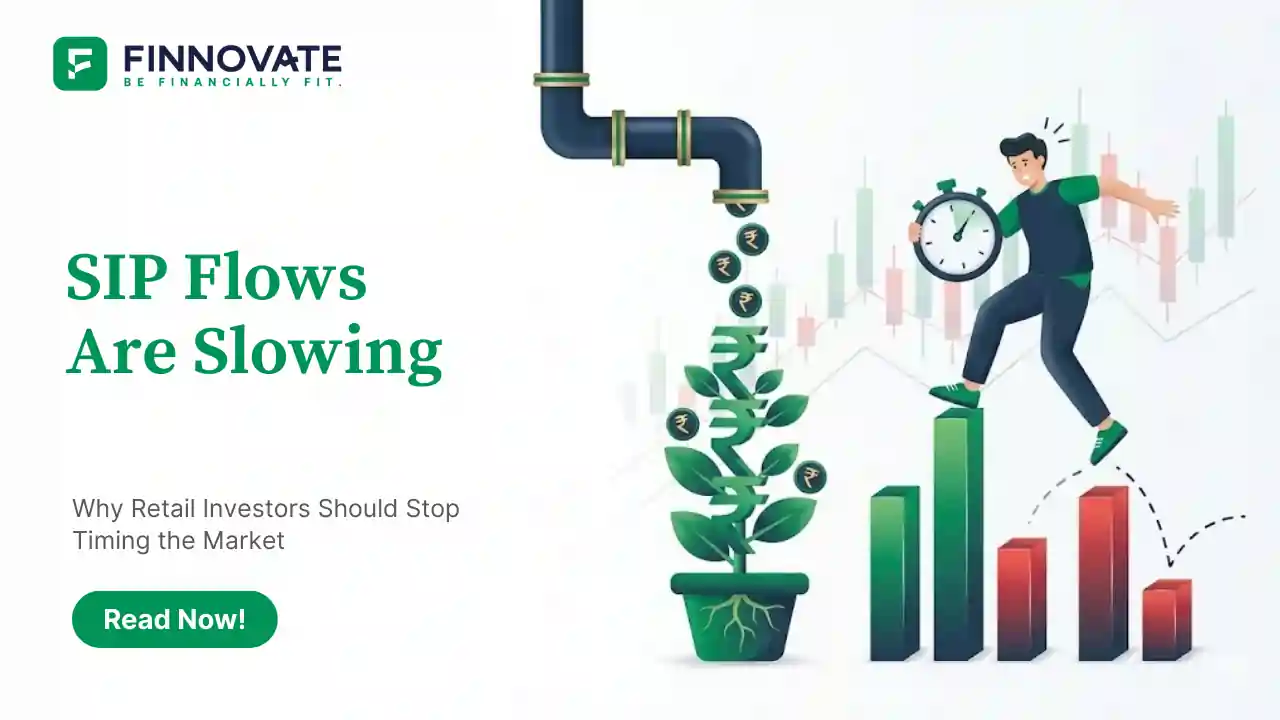
SIP Flows Are Slowing: Why Retail Investors Should Stop Timing the Market
SIP folio share is falling and SIP stoppage ratios are above 75% post Apr 2025 clean-up. H...
Unlike active investing, a passive investment just tries to mirror an index. The idea of a passive fund is not to beat the index through active stock selection but just to get returns as much as the index. The focus is purely on reducing the tracking error.
Passive investing is certainly picking up, and the proof is in the data. As of July 2023, the AUM of passive funds accounted for 16.84% of the total mutual fund AUM of ₹46.28 trillion. That is a lot of money in passive funds, including index funds, index ETFs, and linked funds like gold funds and fund of funds (FOFs).
The study of mutual fund returns done by SPIVA (S&P Indices Versus Active Funds) for 2022 has come up with some interesting revelations:
Passive investing, or investing in index funds and index ETFs, is not about outperforming active funds. Instead, it ensures consistent market participation with lower costs.
As Jack Bogle of Vanguard famously said,
"Why look for a needle in a haystack, when you can buy the entire haystack?"
Below is a comparison of major equity fund categories based on 1-year, 3-year, and 5-year returns (Category Averages):
Data Source: Morningstar India
The table highlights that index funds hold their ground against actively managed funds. If TERs are factored in, index funds may perform at par or even better than most active funds.
The purpose of an index fund is to mirror the index and provide market participation. Avoid funds marketed as “Beta Plus” or “Enhanced Index Funds”—these deviate from true passive investing.
Warren Buffett, in his 2016 Berkshire Hathaway annual report, commended Jack Bogle and Vanguard for providing low-cost investing opportunities to retail investors. Lower costs significantly improve long-term wealth creation.
A long-term perspective is key. The BSE Sensex has rallied from 100 to 60,000 in 44 years, delivering:
This demonstrates how passive investing can build wealth steadily over decades.
Investors can choose funds tracking large-cap indices like the Nifty 50 or Sensex. Other broad-based indices include:
These offer diversified exposure across multiple sectors and are ideal for stable returns.
Some index funds track specific sectors like Banking, IT, or Financial Services. However:
Debt index funds track government securities or corporate bond indices, offering low-risk fixed income options.
A Low-Cost Entry Point for New Investors
Portfolio Realignment Tool
Avoid Timing the Market
Passive investing has proven its merit through cost efficiency, market participation, and consistency. While active funds aim to generate alpha, passive investing provides low-cost and long-term wealth creation. With markets at all-time highs, a balanced approach combining both active and passive funds can be the best strategy for investors.
Popular now
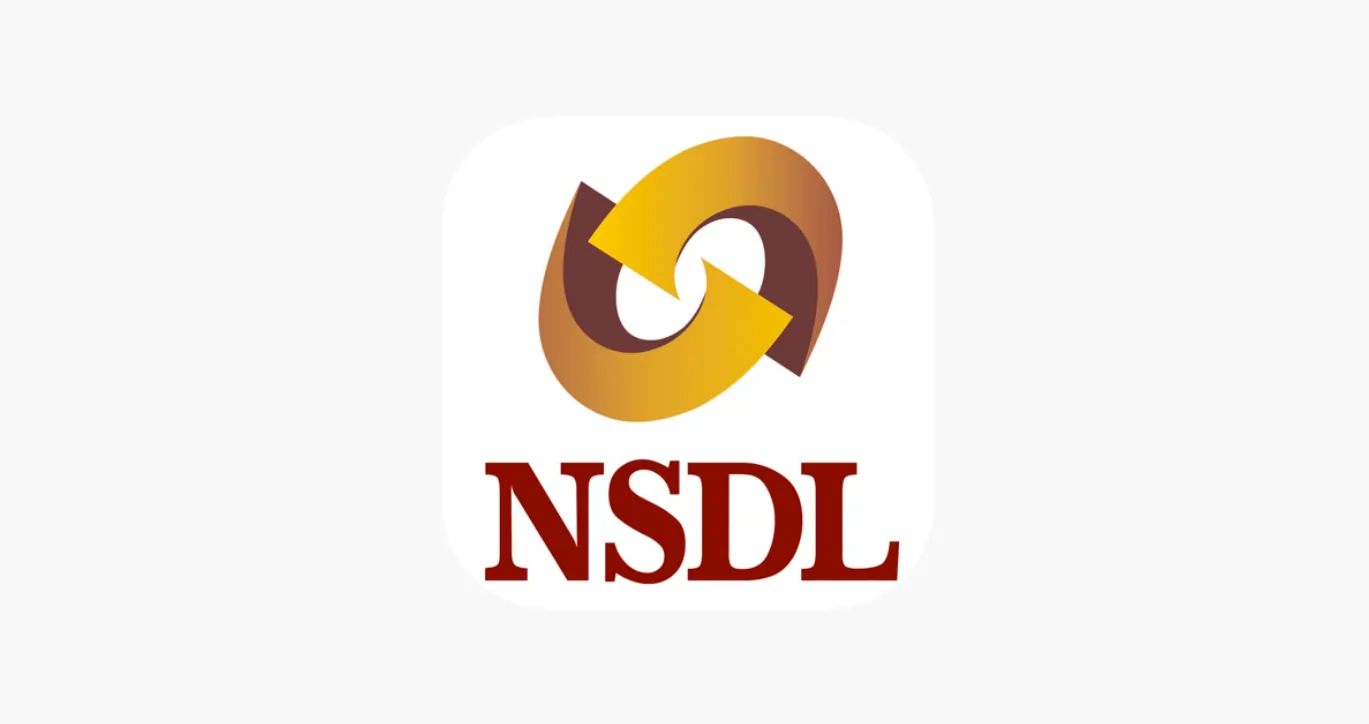
Learn how to easily download your NSDL CAS Statement in PDF format with our step-by-step g...
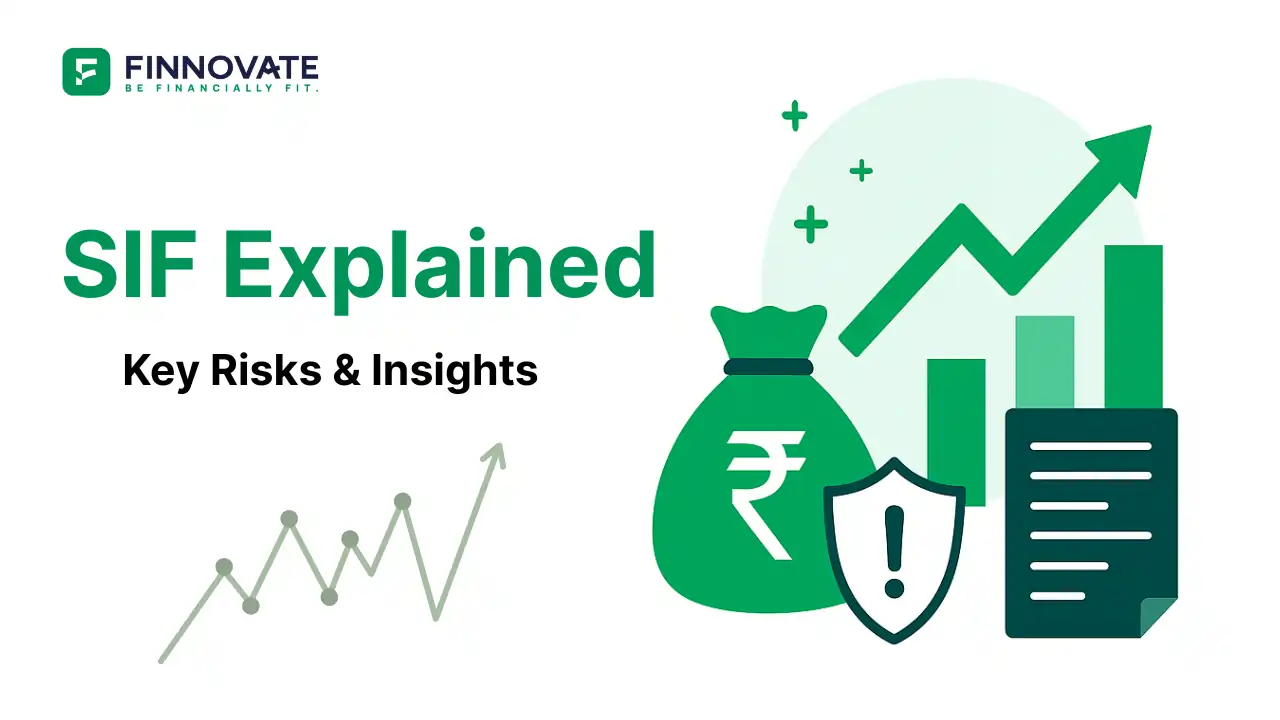
Explore what Specialised Investment Funds (SIFs) are, their benefits, taxation, minimum in...
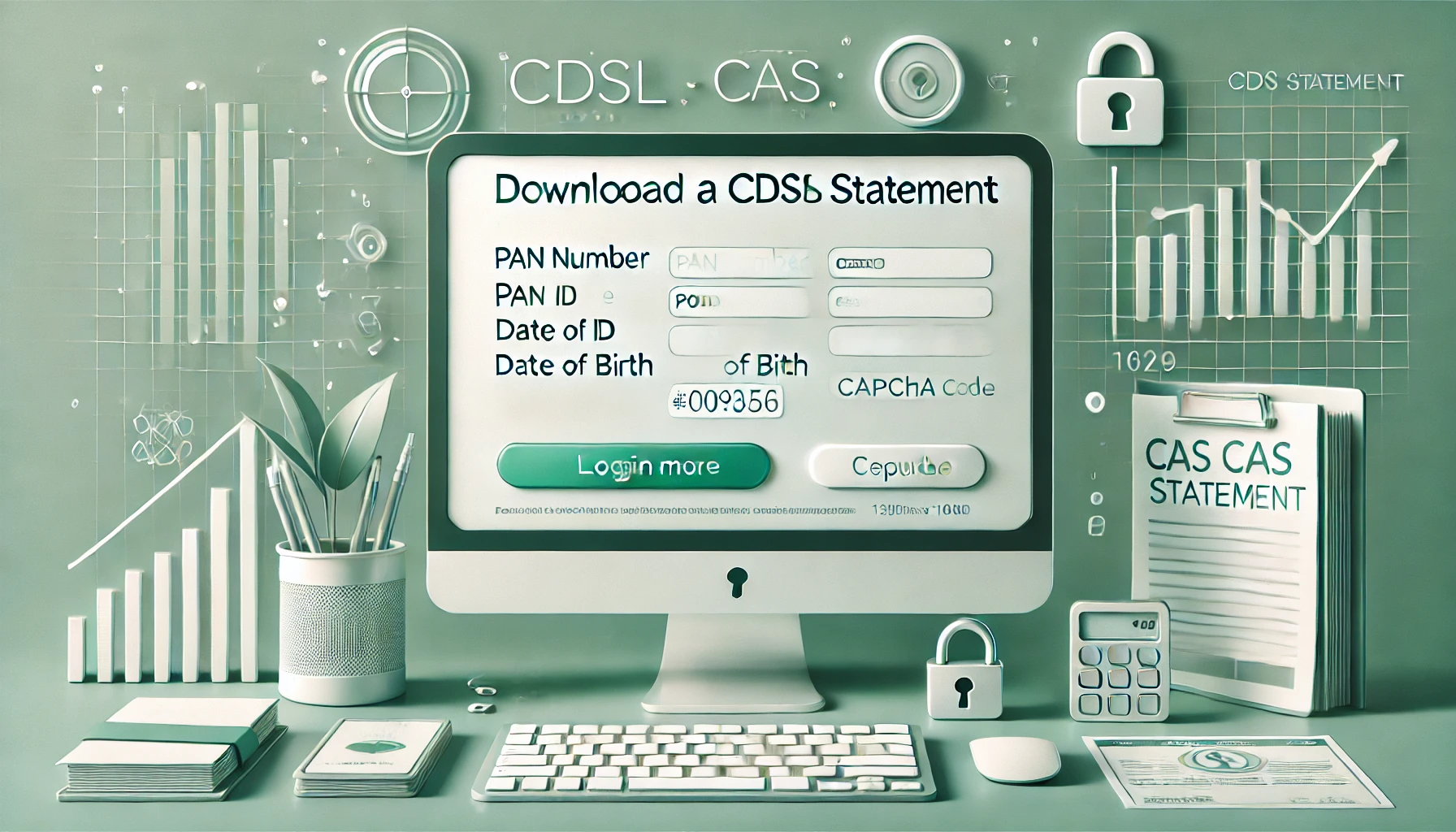
Learn How to Download Your CDSL CAS Statement with our step-by-step guide. Easy instructio...
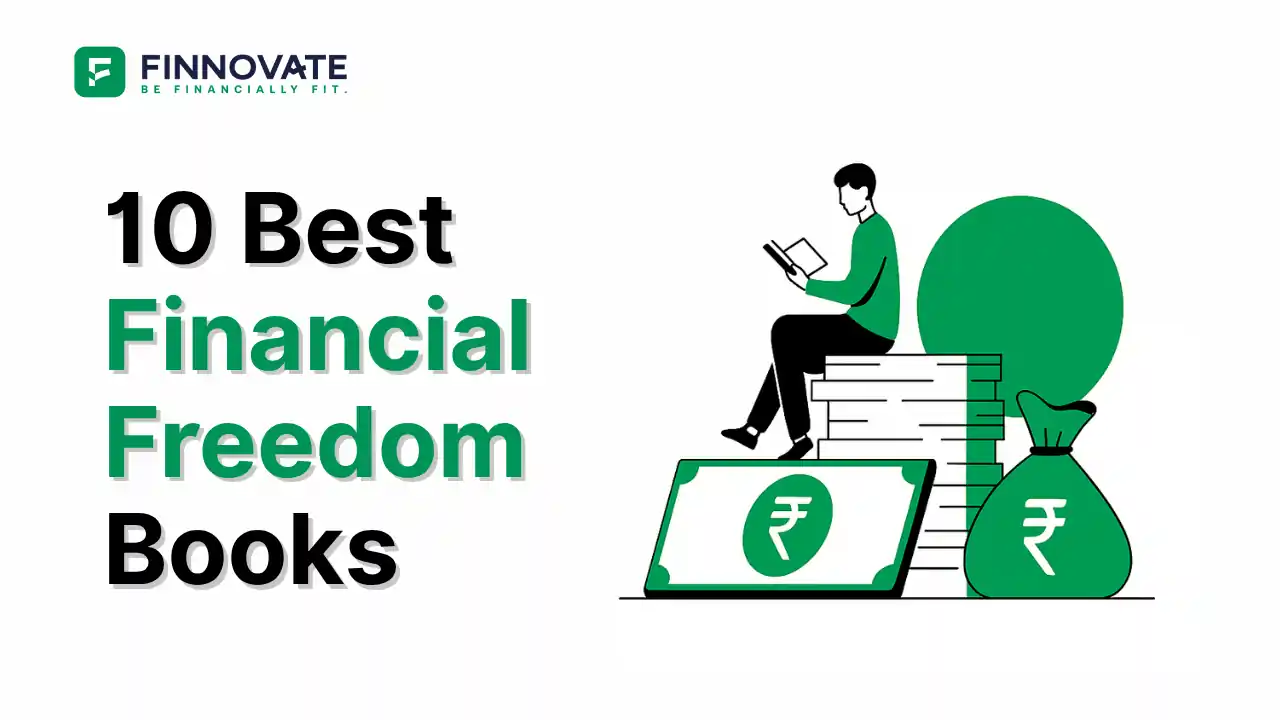
Looking for the best financial freedom books? Here’s a handpicked 2025 reading list with...